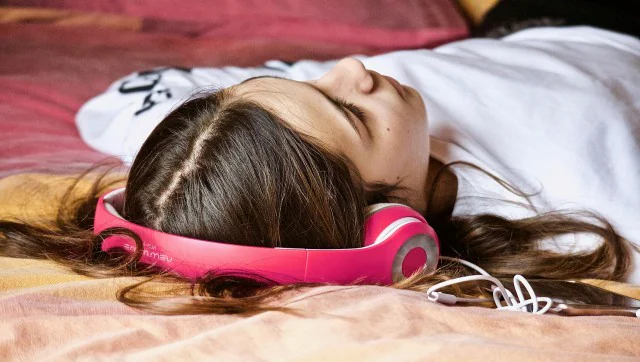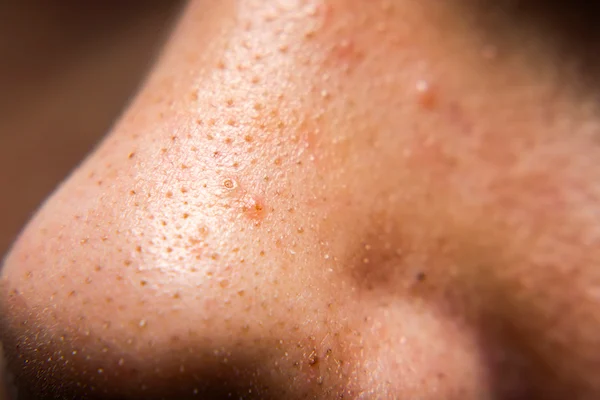Napping has long been praised for its potential benefits: a quick energy boost, enhanced mood, and increased cognitive function. However, not all naps are created equal, and for some people, napping can actually disrupt nighttime sleep. The key to understanding whether naps are beneficial or detrimental lies in how the body regulates sleep and wakefulness.
The Science Behind Napping
For most people, there is a natural dip in energy levels during the early afternoon, typically between 1 p.m. and 4 p.m. This is not simply due to a heavy lunch; rather, it’s a result of our body’s internal clock, or circadian rhythm, which governs cycles of wakefulness and tiredness throughout the day. As a result, many people experience drowsiness during this time.While it’s common to feel sleepy, a well-timed nap during this period can help overcome the fatigue and increase alertness without compromising nighttime sleep. Research suggests that power naps, which typically last between 10 to 30 minutes, can enhance cognitive function, improve concentration, and reduce the risk of fatigue. These brief naps are most beneficial when followed by exposure to bright light, which further helps to rejuvenate the body and mind.
The Problem with Long Naps
The problem arises when the nap extends beyond 30 minutes. Once you sleep for longer than this, your brain enters slow-wave sleep, the deepest stage of rest. This deeper sleep can make it much harder to wake up, resulting in feelings of grogginess and disorientation, commonly referred to as “sleep inertia.” Studies show that waking up from deep sleep can leave individuals feeling sluggish and out of sorts for up to an hour or more. This can be particularly problematic if the individual needs to perform tasks that require focus, such as operating machinery or making important decisions.Additionally, taking a nap too late in the day can interfere with the body’s natural “sleep pressure” or the increasing need for sleep that builds up throughout the day. This can make it difficult to fall asleep at night, further disrupting the individual’s sleep-wake cycle and contributing to a cycle of poor sleep.The Benefits of NappingDespite the potential drawbacks, napping can be beneficial under the right circumstances. For some people, naps are a necessary tool to combat sleep deprivation. This is especially true for shift workers, who often work irregular hours and may struggle with fragmented sleep. A well-timed nap before a night shift can help improve alertness and reduce the likelihood of accidents or mistakes.For those who have trouble getting enough sleep at night due to work, family commitments, or other factors, naps can provide a quick way to recharge. However, it’s important to note that napping should not be relied upon as a substitute for consistent, quality nighttime sleep. If a person regularly feels the need to nap during the day, it may be a sign that they are not getting enough sleep at night, and addressing the root cause of their sleep issues is crucial.
Chronic Insomnia and Napping
People who suffer from chronic insomnia are often advised to avoid napping altogether, as daytime sleep can diminish the body’s natural drive to sleep at night. Insomnia is characterized by difficulty falling asleep or staying asleep, and daytime naps can make it even harder for individuals to build up the sleep pressure needed to fall asleep at night.Although naps can be a temporary solution for those who struggle with sleep, they are not a sustainable answer to chronic sleep problems. It’s essential to prioritize improving nighttime sleep habits by adopting a regular sleep schedule, creating a sleep-friendly environment, and seeking medical advice if sleep disturbances persist.
Strategic Napping for Performance
Strategic napping has been embraced by certain groups to enhance performance and maintain focus. Athletes, for example, often incorporate naps into their training routines to aid muscle recovery and improve physical performance, including reaction times and endurance. Research has shown that even brief naps of 20 to 30 minutes can significantly improve performance and cognitive function in athletes. In high-performance careers, such as healthcare or aviation, where concentration is critical, napping has been shown to reduce fatigue-related mistakes. NASA found that a 26-minute nap could improve performance in long-haul flight operational staff by 34% and alertness by 54%.These examples of “power naps” demonstrate how napping can be strategically used to combat fatigue and maintain alertness during demanding tasks. However, the key to effective napping lies in keeping it short, ideally under 30 minutes, and ensuring that it doesn’t interfere with the individual’s overall sleep routine.
Best Practices for Napping
To reap the benefits of napping without the negative effects, timing and environment are crucial factors. The ideal nap should last no longer than 20 to 30 minutes to avoid entering deep sleep, which can result in sleep inertia. Napping too late in the afternoon or evening should be avoided, as it can push back the body’s natural sleep schedule and make it harder to fall asleep at night.The optimal time for a nap is typically before 2 p.m., when the body’s natural dip in energy occurs. The environment in which you nap also plays a role in the quality of your rest. Napping in a cool, dark, and quiet environment, similar to nighttime sleep conditions, will help maximize the restorative effects of the nap. For those who need to nap in bright or noisy environments, tools such as eye masks and noise-cancelling headphones can help create a more conducive sleep setting.
When Napping Isn’t For You
While many people can benefit from a well-timed nap, napping is not suitable for everyone. Factors such as age, lifestyle, and underlying sleep patterns influence how beneficial naps are. Older adults, for example, may find that naps disrupt their nighttime sleep more than they help. Additionally, people who have trouble falling asleep at night or have irregular sleep schedules should focus on improving their nighttime sleep quality rather than relying on naps to make up for sleep loss.For some, naps can become a slippery slope into poor sleep habits. If you consistently feel the need to nap during the day, it may be worth evaluating your nighttime sleep patterns and looking for ways to improve your overall sleep hygiene.
In conclusion, napping can be both a powerful tool and a potential sleep disruptor, depending on how it is practiced. Short naps can help restore energy, boost concentration, and improve performance, but longer naps or naps taken too late in the day can interfere with nighttime sleep and lead to grogginess. The key to effective napping lies in timing, duration, and environmental factors. For some, naps are a necessary tool to combat sleep deprivation, while for others, they can exacerbate existing sleep issues.The practice of napping requires a balance between understanding the body’s natural rhythms and recognizing individual sleep needs. By experimenting with different nap lengths and timing, individuals can determine whether napping helps or hinders their overall sleep quality. Ultimately, the best way to achieve consistent, restorative sleep is to focus on improving nighttime sleep habits, and reserve naps for when they are truly needed.By finding the right balance, naps can become a valuable tool in maintaining energy and productivity without compromising overall sleep health.










